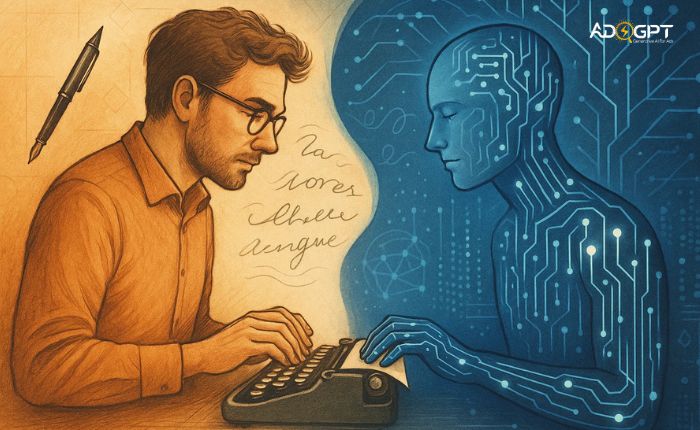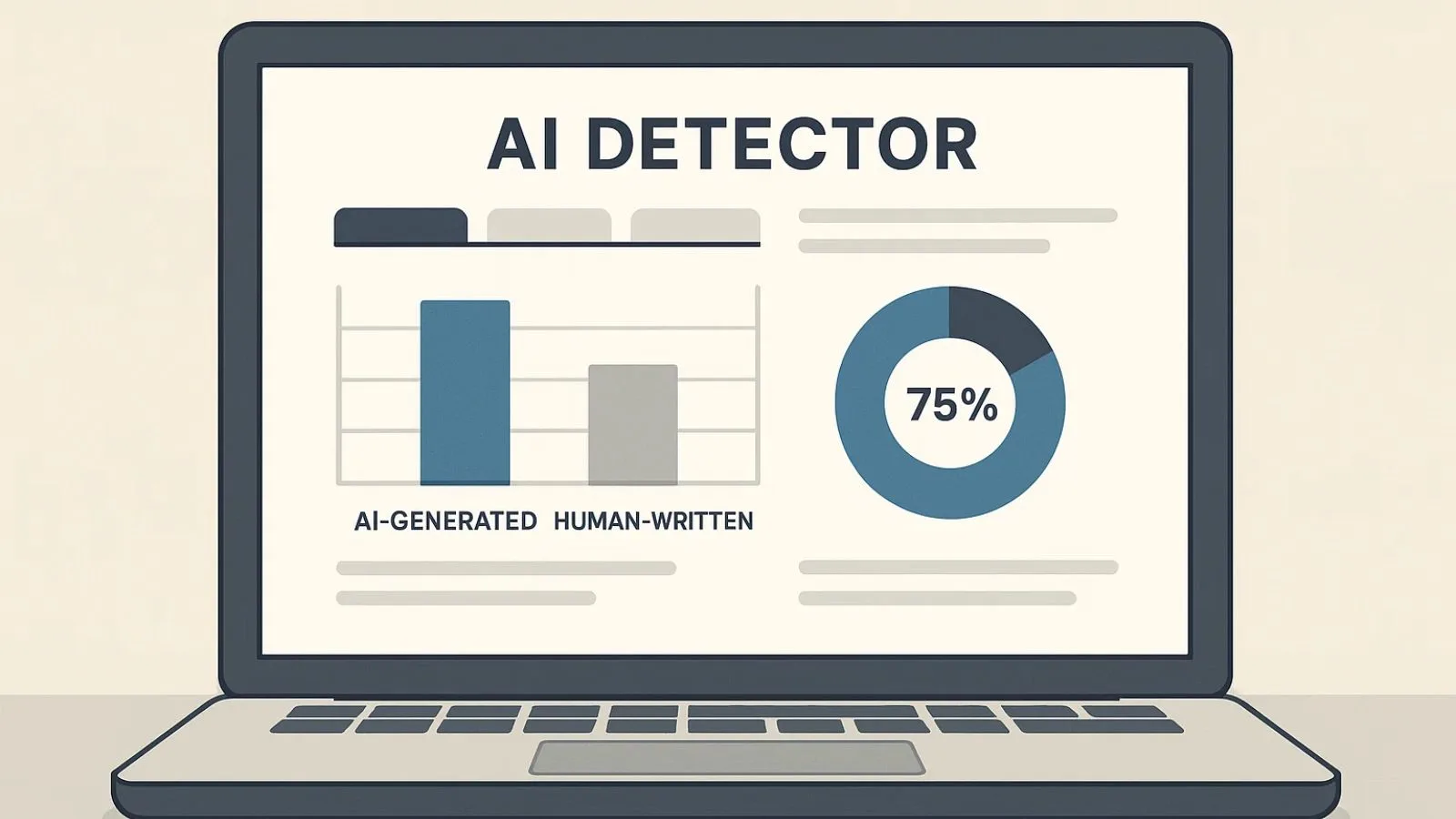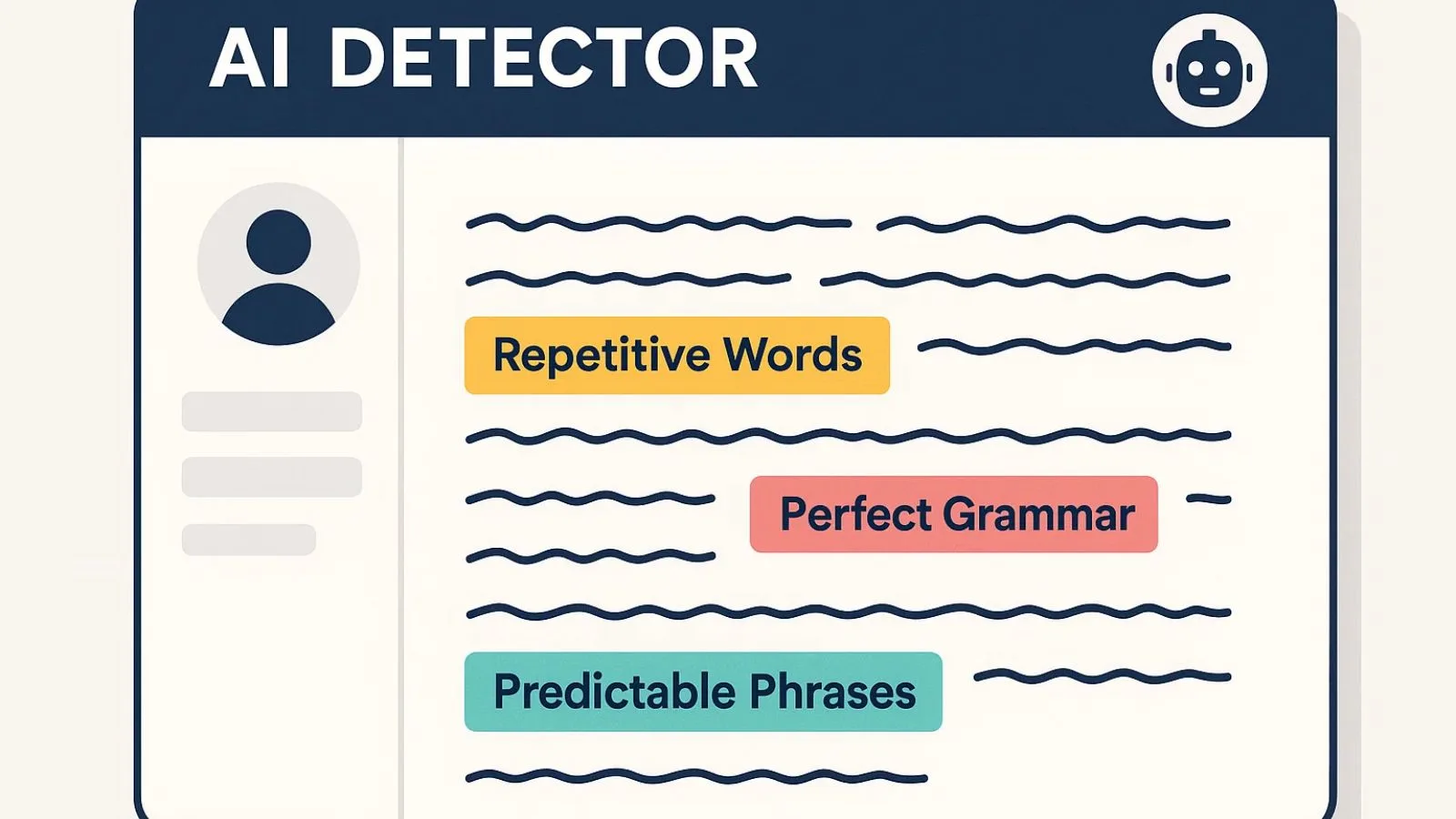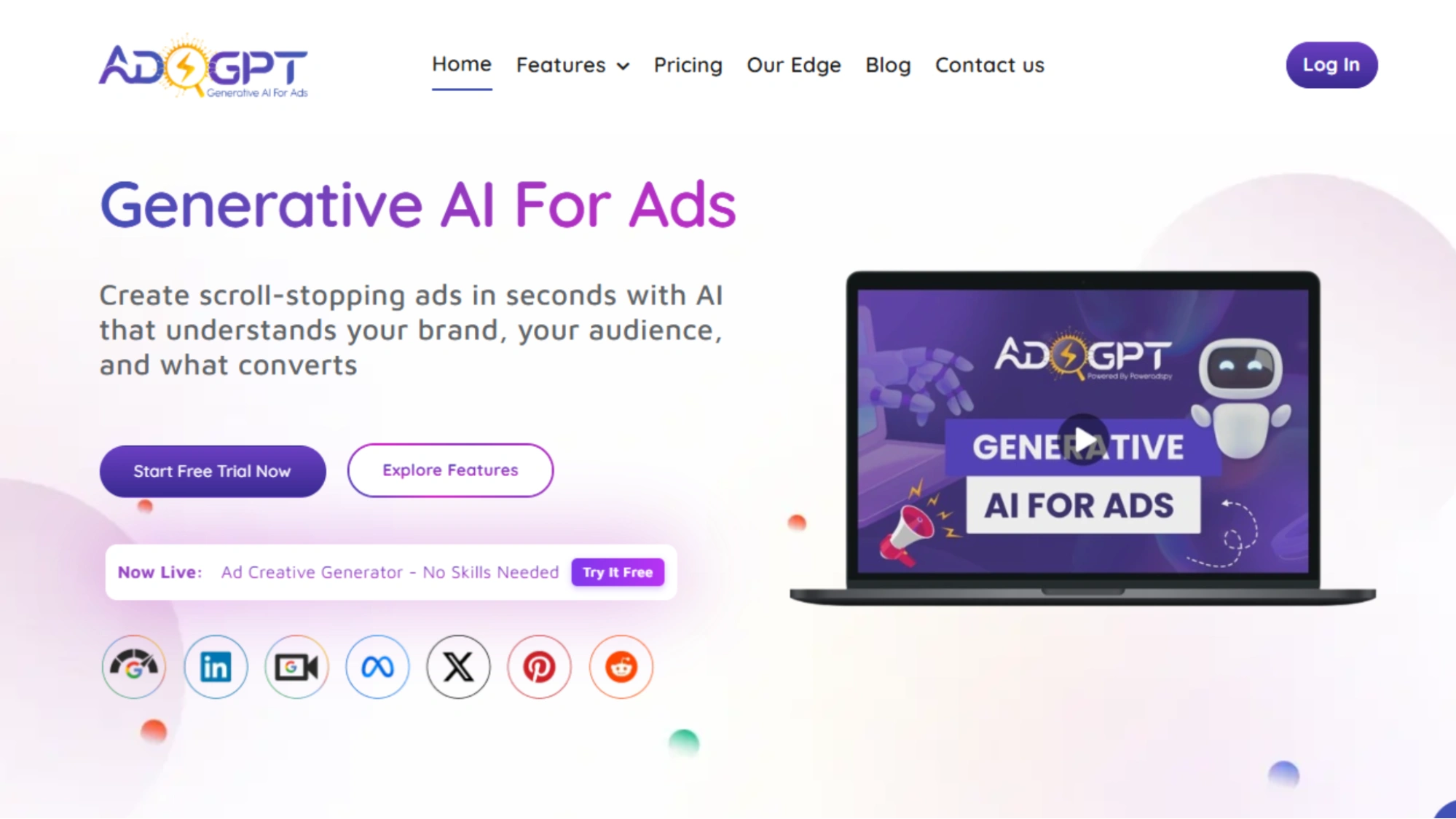
As AI becomes a bigger part of everyday content creation, keeping your writing genuine has never mattered more. Whether it’s blogs, ads, or academic work, AI tools have completely changed how we develop ideas. But with that progress comes a new concern: the growing use of ai detectors.
These detectors examine writing to spot patterns that are common in machine-generated text. They look at structure, tone, and consistency to judge whether something might have been written by AI. While they help protect originality, they also spark an important conversation about creativity and the value of a true human voice in an increasingly automated world.
The goal isn’t to evade detection but to understand how AI detectors work and use that knowledge to enhance your writing. With the right techniques, you can leverage AI efficiently while keeping your tone natural, authentic, and uniquely human. This guide will explore the inner workings of AI detectors, why they matter, and how to outsmart them ethically and effectively.
What Is an AI Detector and How Does It Work?
An AI detector is a tool built to identify content generated by artificial intelligence models such as ChatGPT, Claude, or Gemini. These systems analyze linguistic patterns, sentence complexity, and predictability levels to estimate how much of a text is AI-written versus human-written.
Unlike plagiarism checkers that compare text against existing databases, AI detectors focus on probability. They evaluate how “predictable” a sentence is. Since AI models tend to follow mathematical probabilities for word selection, detectors can flag overly consistent or mechanically structured writing as machine-generated.
Modern AI content detector tools use multiple metrics, including:
- Perplexity: Measures how unpredictable or “human-like” the writing appears.
- Burstiness: Evaluates sentence variation and rhythm that humans tend to write with more fluctuation.
- Stylistic markers: Looks at tone consistency, use of idioms, and creative phrasing.
By combining these signals, AI detectors generate a confidence score indicating the likelihood of AI involvement. While they’re not foolproof, they have become standard across industries that rely on authenticity from digital publishing to education and marketing.
Why AI Detectors Exist: The Need for Originality?
The emergence of the AI detector stems from a growing concern about originality and trust in digital content. As AI writing tools have become widely accessible, the line between human creativity and machine assistance has blurred. Organizations, educators, and platforms now rely on AI detection systems to maintain credibility and ensure genuine authorship.
At its core, the purpose of an AI detector is to promote transparency. In academia, it helps verify that research papers or essays reflect a student’s true understanding. In marketing and publishing, it ensures that readers are engaging with authentic, thoughtful material rather than mass-produced AI text.
However, the presence of these systems doesn’t mean that generative AI is a threat to creativity. On the contrary, it highlights the need for balance. AI tools can enhance productivity, refine tone, and generate fresh ideas, but human intuition, emotion, and context remain irreplaceable.
As AI continues to evolve, originality will depend less on avoiding AI tools and more on how effectively creators use them. The goal should be to produce content that feels personal, insightful, and human, even when technology lends a helping hand.
Common Triggers That Flag AI-Generated Content
Understanding what causes an AI detector to flag a piece of writing is essential if you want to maintain authenticity while using AI tools. These detectors are trained to recognize patterns that typically appear in machine-generated text, and most of them share a few common signals.
Here are some of the key triggers that can make your content appear AI-written:
- Overly consistent sentence structure:
AI models tend to create sentences with similar lengths and patterns, which makes the text sound uniform and mechanical. - Repetitive word choice:
When certain words or phrases repeat unnaturally, detectors can identify that as a sign of algorithmic generation. - Lack of emotional tone or personality:
AI often struggles to convey genuine emotion, humor, or subtle traits that naturally appear in human writing. - Predictable phrasing and transitions:
Phrases like “in conclusion,” “as mentioned earlier,” or “it is important to note” may be overused by AI systems, triggering higher detection scores. - Perfect grammar with no human imperfections:
While good grammar is ideal, human writers often include minor variations or stylistic quirks that AI text typically lacks.
By identifying these red flags, you can consciously adjust your writing style to sound more natural and expressive. The key isn’t to trick the system, but to add the human touches that detectors can’t replicate: voice, nuance, and perspective.
How to Outsmart an AI Detector (Ethically)?
Outsmarting an AI detector doesn’t mean deceiving the system; it means refining your writing to preserve the authenticity that AI tools often lack. The goal is to make your AI content feel naturally human, expressive, and emotionally engaging while still benefiting from AI’s speed and efficiency.
Here are a few ethical and effective ways to do that:
- Edit AI-generated drafts manually:
Use AI as a foundation, not a final product. Review, rewrite, and add your own insights or experiences to make the piece sound genuinely yours. - Add personal perspective and storytelling:
Inject opinions, examples, and lived experiences that AI models can’t replicate. This instantly reduces the mechanical tone detectors often pick up. - Vary sentence structure and rhythm:
Mix short, punchy sentences with longer, more detailed ones. This variety gives your content a natural “burstiness” that feels more human. - Use idioms and conversational phrases:
Natural language elements like “let’s face it” or “to be honest” help introduce personality and unpredictability. - Incorporate emotion and tone shifts:
Express excitement, curiosity, or skepticism where appropriate. Emotional diversity makes your text stand out from the monotony of AI. - Run your text through multiple detection tools:
Some AI content detector systems differ in sensitivity. Comparing results can help you understand how your content might be evaluated.
The idea is not to hide the use of AI but to use it responsibly. When you learn how to outsmart AI content detector tools ethically, you’re not just passing a test; you’re improving the quality and credibility of your own voice.
AI-Generated Images and Detection Challenges
Just like text, visuals created using AI generate image tools are also being closely examined by detection systems. These tools analyze patterns, pixel structures, and metadata to identify signs of artificial generation.
However, image detection isn’t always precise. Many creators use AI to enhance rather than fabricate visuals, blending design skills with technology. This collaboration shows that the real challenge isn’t in creating with AI but in being transparent about its use and adding a human touch that machines can’t imitate.
The Future of AI Detecting and Generative AI
The constant evolution of AI detecting tools and generative AI models has created a kind of digital tug-of-war. Detectors are becoming smarter at identifying synthetic patterns, while AI systems are getting better at mimicking human unpredictability.
Soon, the focus will shift from detection to disclosure, making it standard to acknowledge AI contributions without diminishing originality. The future will belong to creators who know how to effectively balance authenticity and innovation.
How AdsGpt Helps You Create Authentic, High-Quality Content
When it comes to crafting marketing content that feels real and engaging, AdsGpt is the perfect ally. It uses advanced AI to help you generate ad copies, social captions, and visuals that align with your brand’s tone — all while maintaining originality.
Key highlights of AdsGpt:
- Generates creative, human-like ad content instantly.
- Supports both text and visual ad creation powered by smart AI.
AdsGpt isn’t about fooling AI detectors; it’s about creating content that doesn’t need to. It empowers marketers to keep their unique voice intact while leveraging the best of automation.
Also Read,
How To Leverage Generative AI For Marketing Success
How to Make AI Content Creation More Human: Expert Guide (2025)
Conclusion
AI detectors are not enemies of creativity; they’re tools designed to protect authenticity in a world where automation is rapidly evolving. Understanding how an AI detector works allows you to create content that feels more personal, expressive, and credible.
The key isn’t to hide AI involvement but to use it thoughtfully. By editing drafts, adding your perspective, and writing with emotion, you can easily outsmart AI detection systems while maintaining your unique voice.
As technology continues to evolve, the future belongs to those who know how to balance efficiency with originality. And with smart tools like AdsGpt, you can harness the best of both worlds, producing content that performs well, connects deeply, and still sounds unmistakably human.
FAQs
- How accurate are AI detectors today?
AI detectors have made significant progress, but they’re not flawless. They rely on probability and language models to assess how much of a text might be AI-generated, which means false positives and negatives can still occur. - Can I completely bypass an AI detector?
It’s not always possible — and it shouldn’t be the goal. The real objective is to write naturally, edit thoughtfully, and include personal insights so your work maintains a genuine human tone. - What’s the best way to make AI-generated text sound human?
Focus on variety and emotion. Mix short and long sentences, use conversational expressions, and include real-life examples or opinions. These subtle cues make your writing sound natural and authentic.




